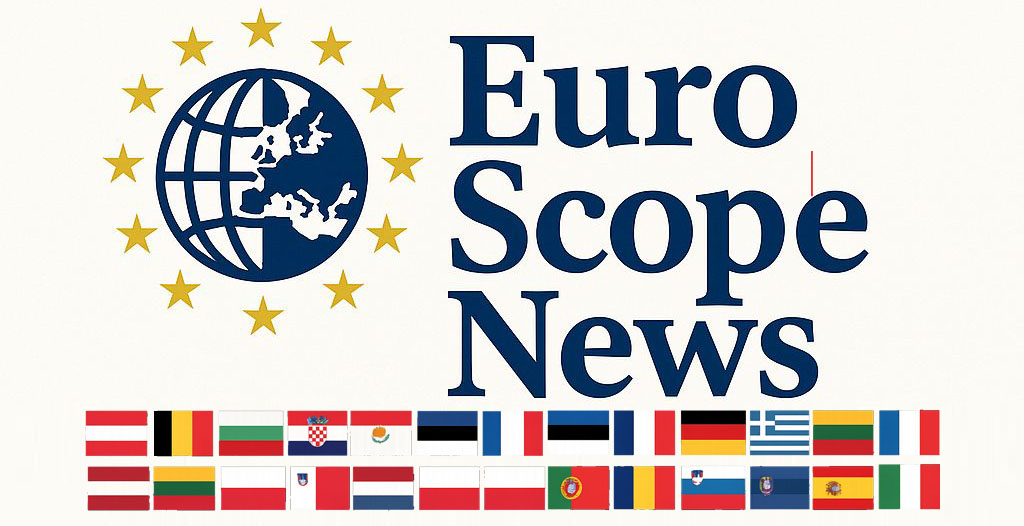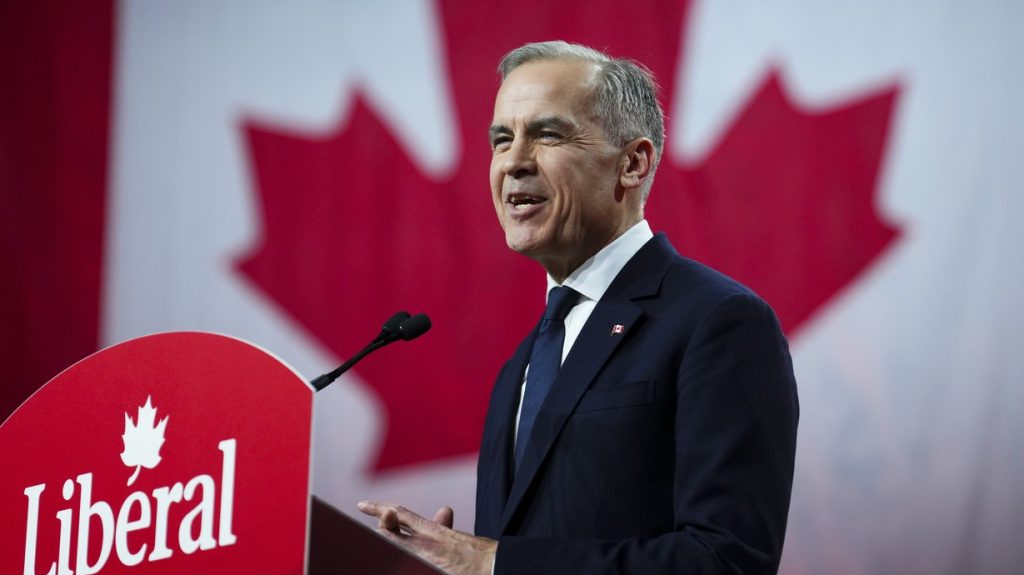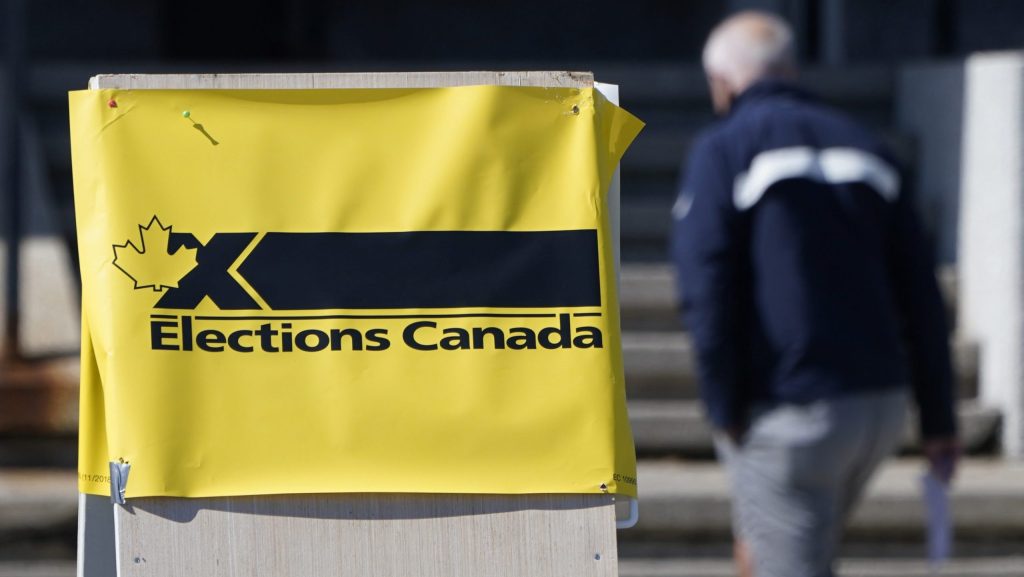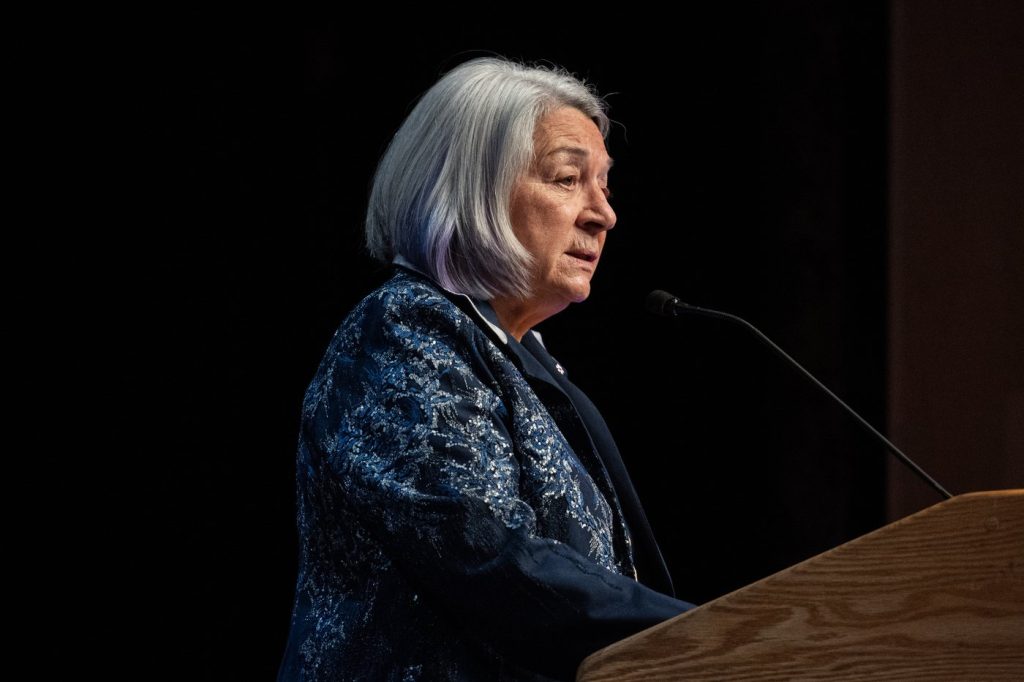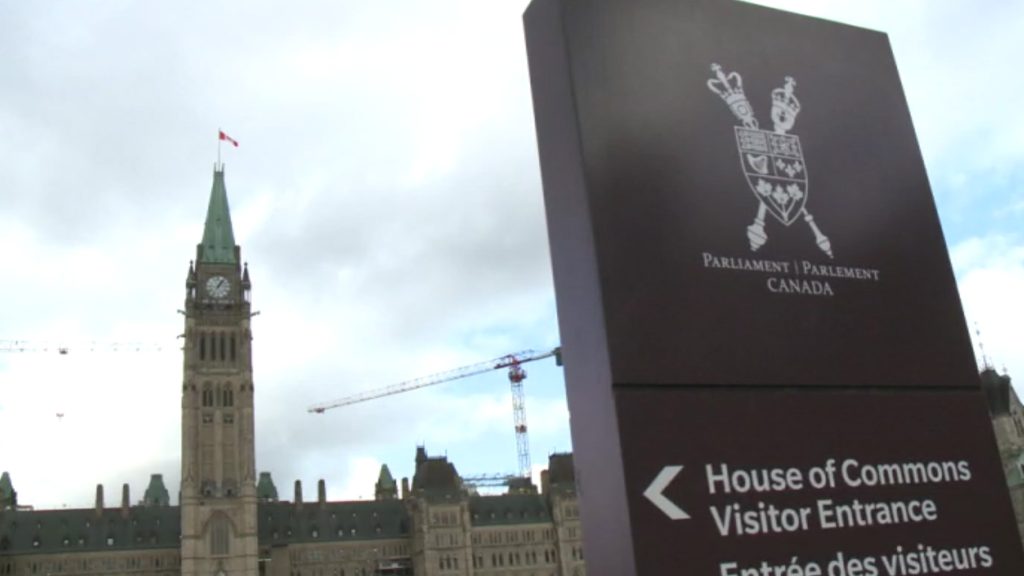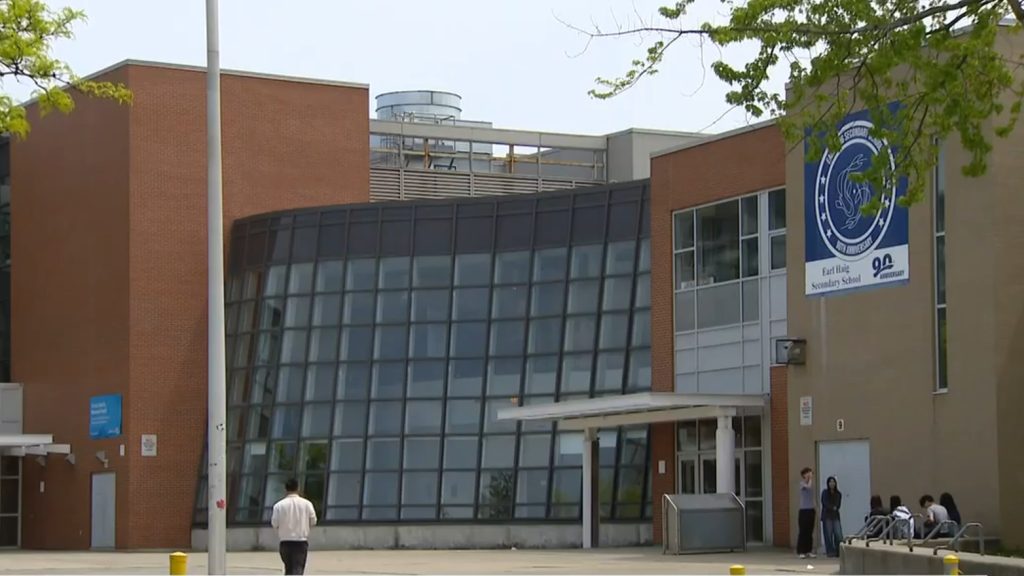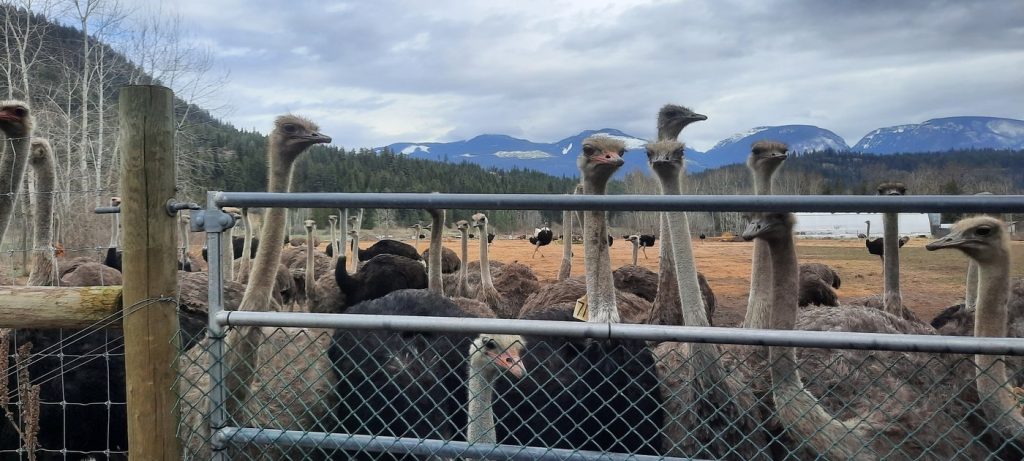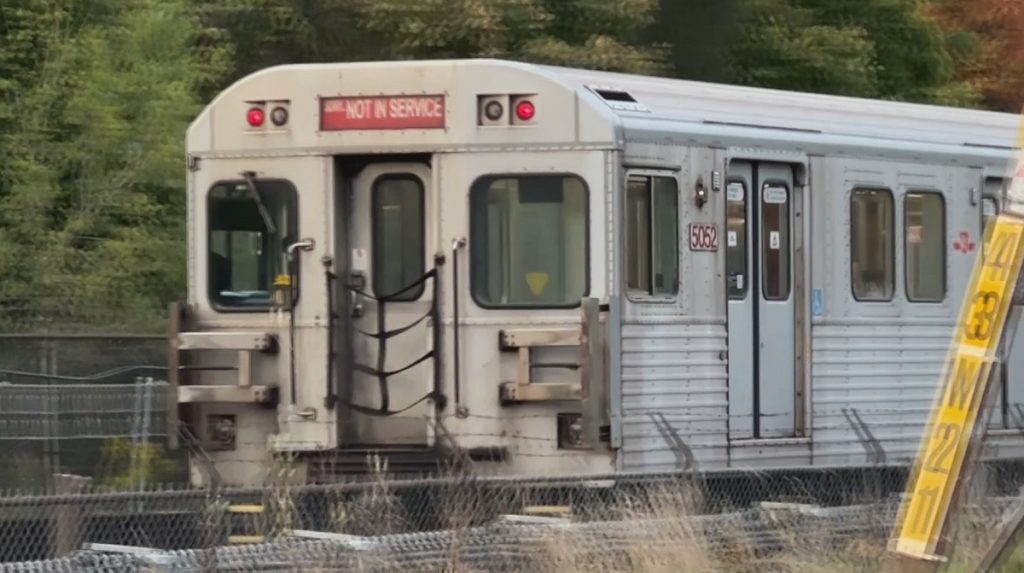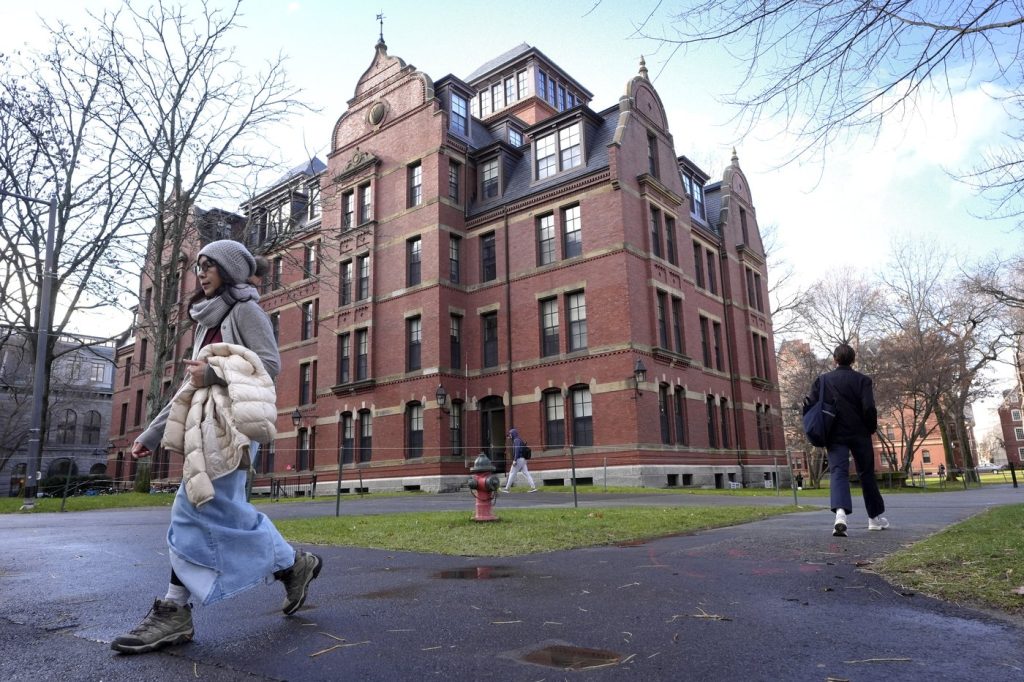In a remarkable turn of events, Canadian residents are poised to grant the Liberal Party under Mark Carney a fourth consecutive term, despite earlier expectations suggesting a different outcome. According to results released by Elections Canada early Tuesday, the Liberals are projected to secure 163 seats, though it remains uncertain whether this will result in a majority or minority government.
This victory comes just over five weeks after Carney, who was sworn in as Canada’s 24th prime minister, triggered a national election following the resignation of former Prime Minister Justin Trudeau. During the campaign, the Liberals framed the central issue as one of Canadian sovereignty, particularly in response to the tariff policies of U.S. President Donald Trump.
The gains made by Carney and the Liberals seem to have come at the expense of the New Democratic Party (NDP) and the Bloc Québécois (BQ). The NDP appears to be facing significant losses, leading in only seven ridings—a sharp decline from its previous standing and falling four seats short of official party status. In an emotional address to supporters in British Columbia, NDP Leader Jagmeet Singh announced his departure from the party leadership, having guided the NDP through three federal election campaigns.
Meanwhile, the Bloc Québécois has also suffered losses, currently sitting at 23 ridings—an 11-seat decrease from when parliament was dissolved. Throughout the intense 36-day campaign, Liberals consistently outperformed the Conservative Party in polls conducted by leading firms. Despite initial polling showing the Conservatives leading by more than 20 per cent, the gap narrowed significantly in the closing days of the campaign.
Conservative Leader Pierre Poilievre focused on issues of affordability, yet drew criticism for not aggressively countering Trump’s influence. As of the latest updates, the Conservatives are projected to secure 149 seats. The Green Party of Canada faces uncertainty as co-leader Elizabeth May fights to retain her riding in Saanich-Gulf Islands, while fellow Green MP Mike Morrice is trailing behind his Conservative challenger.
To form a majority government in Canada, a party must hold at least 172 of the 343 seats in the House of Commons. Following a recent redistribution process, the total number of seats slightly increased, resulting in new riding boundaries across the country.
Carney's Political Ascent and the Reversal of Liberal Party Fortunes
Mark Carney’s political ascent marks a drastic shift in the fortunes of the Liberal Party following the resignation of Justin Trudeau. Trudeau announced his resignation earlier in January, following a period of decreasing popularity that culminated with the resignation of former finance minister Chrystia Freeland. This triggered a leadership race that saw Carney chosen overwhelmingly, garnering 85.9 per cent of the vote.
Upon assuming office in March, Carney wasted no time in addressing key issues, including the elimination of the consumer carbon tax, a point of contention for the Conservatives. Poilievre sought to brand Carney as “carbon tax Carney” to capitalize on the previous administration’s weaknesses.
Before requesting the dissolution of parliament, Carney met with European leaders amid rising tensions with the Trump administration. Throughout the campaign, he frequently convened meetings in Ottawa to address the potential impact of U.S. tariffs on Canada, including discussions surrounding retaliatory measures. However, as the campaign progressed, the Conservatives began to regain momentum, with Poilievre consistently emphasizing policy issues like housing, affordability, and crime, especially as tensions with Washington seemed to ease.
This is an ongoing story that will continue to develop.
